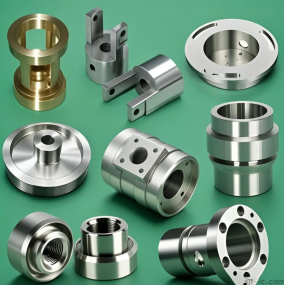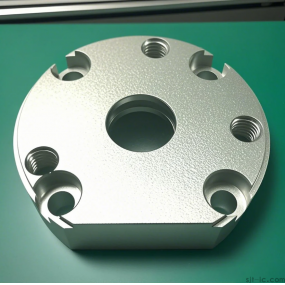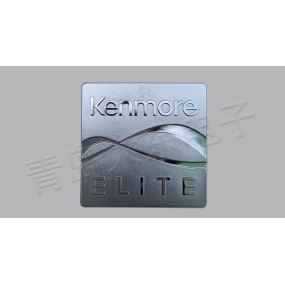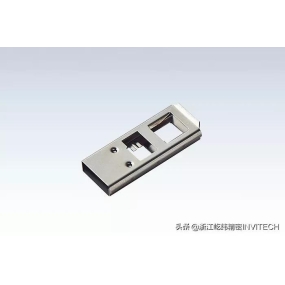Recently, many customers have been inquiring online about the process flow of precision Sheet Metal Processing. Today, we will analyze the processing flow of precision sheet metal processing for you.
Firstly, design and draw the part diagram of its sheet metal parts, also known as the three view diagram, which is used to express the structure of its sheet metal parts in the form of drawings.
Secondly, draw an unfolded diagram, which means unfolding a structurally complex component into a flat piece.
Thirdly, there are many ways to cut materials.
Fourthly, flanging and tapping, also known as hole drawing, is the process of drawing a slightly larger hole from a smaller base hole and then tapping it onto the hole. This can increase its strength and avoid tooth slippage.
Fifth: Punch processing. Generally, punch processing includes punching and corner cutting, punching and material dropping, punching convex hull, punching and tearing, hole drawing and other processing methods to achieve the processing purpose.
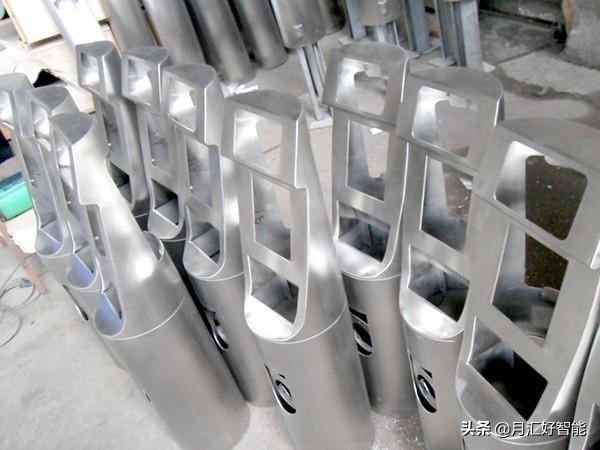
Yuehui Hao Precision Sheet Metal Processing and Hardware Product Surface Coating Manufacturer
Sixth: Riveting. As far as our factory is concerned, commonly used riveting bolts, riveting nuts, riveting screws, etc. are usually riveted to sheet metal parts using punching machines or hydraulic riveting machines.
Seventh: Bending, bending is the process of folding 2D flat parts into 3D components. Its processing requires a folding bed and corresponding bending molds to complete the operation. It also has a certain bending sequence, and its principle is to fold the next blade that does not interfere first, and fold the blade that will interfere later
Eighth: Welding. Welding is the process of assembling multiple parts together to achieve the purpose of machining or welding the edges of individual parts to increase their strength.
Ninth: Surface treatment. Surface treatment generally includes phosphating film, electroplating of multicolored zinc, chromate, baking paint, oxidation, etc.


 Spanish
Spanish Arabic
Arabic French
French Portuguese
Portuguese Belarusian
Belarusian Japanese
Japanese Russian
Russian Malay
Malay Icelandic
Icelandic Bulgarian
Bulgarian Azerbaijani
Azerbaijani Estonian
Estonian Irish
Irish Polish
Polish Persian
Persian Boolean
Boolean Danish
Danish German
German Filipino
Filipino Finnish
Finnish Korean
Korean Dutch
Dutch Galician
Galician Catalan
Catalan Czech
Czech Croatian
Croatian Latin
Latin Latvian
Latvian Romanian
Romanian Maltese
Maltese Macedonian
Macedonian Norwegian
Norwegian Swedish
Swedish Serbian
Serbian Slovak
Slovak Slovenian
Slovenian Swahili
Swahili Thai
Thai Turkish
Turkish Welsh
Welsh Urdu
Urdu Ukrainian
Ukrainian Greek
Greek Hungarian
Hungarian Italian
Italian Yiddish
Yiddish Indonesian
Indonesian Vietnamese
Vietnamese Haitian Creole
Haitian Creole Spanish Basque
Spanish Basque



